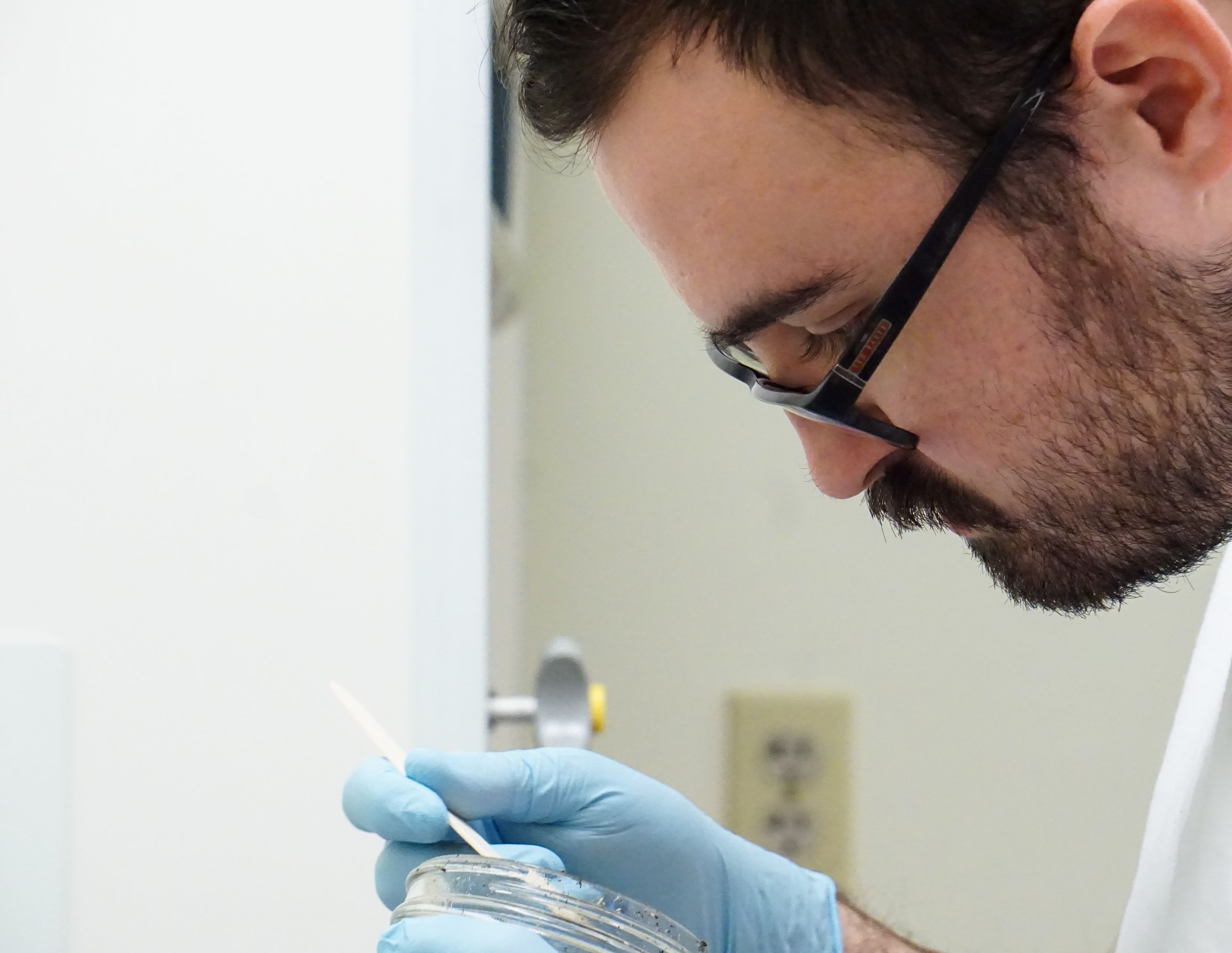The Earth’s waters are teeming with life that contain various types of plant species, one of the most notable being algae. Algae is known as a simple aquatic plant, one capable of conducting photosynthesis. The term “algae”, however, is also used to describe a group of “photosynthetic eukaryotic organisms”. The habitats of algae can range from saltwater oceans to freshwater lakes. Despite its looks, algae are also capable of withstanding certain spans of temperatures and acidity. It has been estimated that there are anywhere from 30,000 to more than 1 million species of algae, many of which are members of differing groups and classifications.
Though algae would appear to be harmless, there is a certain risk that the plant can emit, which are known as algal toxins. The United States Environmental Protection Agency (EPA) has stated that these toxic substances are released from some kinds of algae as it decays, especially if they are together in large amounts (also known as algal blooms). The ideal environment for algal blooms are warm temperatures and high nutrient levels and can be observed as green scum that blankets water.
Cyanobacteria
An example of algae that is known to be dangerous as it blooms is cyanobacteria (blue-green algae), which is apparent in freshwater habitats. These bacteria are small; however, they grow in colonies that can be large enough to see. Not to be confused with green algae, cyanobacteria produces dense scum-like mats that can cause issues with both oxygen and odor. The difference with green algae is that cyanobacteria can produce cyanotoxins through blooms, which are known as “cyanobacterial harmful algal blooms” (cyanoHABs).
One of the oldest lifeforms on Earth, cyanobacteria makes food through photosynthesis and are found in water. Blooms are usually found growing on the edges of lakes, ponds, and shores of the ocean, as the bacteria can use the sun’s energy to create their food. They can be found throughout the world, providing food for some organisms as well. The blooms can assemble quickly, as reproducing can take only 30 minutes. Some blooms occur in water because of an excess of nutrients, such as phosphorus and nitrogen. As more grows, much of it dies, and bacteria begin to feed and decompose it. More of these bacteria are produced, which uses up the dissolved oxygen in the water.
The impact on both wildlife and humans
Dissolved oxygen is important for good water quality. When the levels of dissolved oxygen drop, it becomes dangerous for aquatic organisms, such as fish and certain insects. These areas soon become known as “dead zones”. These algal blooms can also be to blame for the producing of neurotoxins, as high concentrations of these cells can have a huge impact on wildlife. There are specific species of cyanobacteria that produce toxins, the most common being Anabaena, Microcystis, and Planktothrix. Their impact can be detrimental. Microcystins, for example, can destroy the nerve tissue of mammals.
Cyanobacteria are also associated with general HABs, and both are considered dangerous. The algal toxins that are emitted into waters can be harmful to both humans and aquatic species. Illness or death can occur to those who drink, touch or breathe in certain toxins. There are two other types of HABs other than cyanobacteria, which are dinoflagellates and diatoms. These HABs are also known as “red tides” and are more commonly found in saltwater areas, such as coastlines or bays. Diatoms produce a neurotoxin called “domoic acid”, which can cause seizures in some vertebrates and birds. Domoic acid can also collect in smaller fish, such as sardines and shellfish. If they are consumed by animals further up in the food chain (including humans) it can cause nervous system damage, which can result in injury or even death.
Monitoring & Testing for Toxins
Microbac has methods that are used to detect toxins in water and specialists like Craig Smith, in our Marietta, Ohio Laboratory, are gearing up to run testing as the weather warms.
“We run EPA method 545 for these algal toxin tests,” explained Smith. “And it's a simple extraction. We simply are given a water source that has been preserved. We take a small amount and freeze/ thaw it three times to destroy any biological cells and release all toxins that may exist. This process takes five hours before we filter the sample and run the test.”
As Smith explained, a sample or source of water that has been preserved is sent to the lab that is then taken in small amounts to be frozen and thawed three times to destroy any biological cells. Microbac’s quality of equipment and devotion to the client’s water testing needs remain top priorities with our personnel. Testing for algal toxins early in the season is important to prepare accordingly before an algal bloom occurs. Detecting the toxins can also call for preventive measures that can be made and helps aid in treatment. Issues can be prevented if water is tested effectively and will result in a healthier and happier environment. Tap here to request testing for algal toxins today.

